Curious Questions: Who invented the ice skating rink?
With the Winter Olympics approaching, Martin Fone wonders how we came from sliding across frozen ponds to putting on huge sporting spectacles in great, frozen arenas.

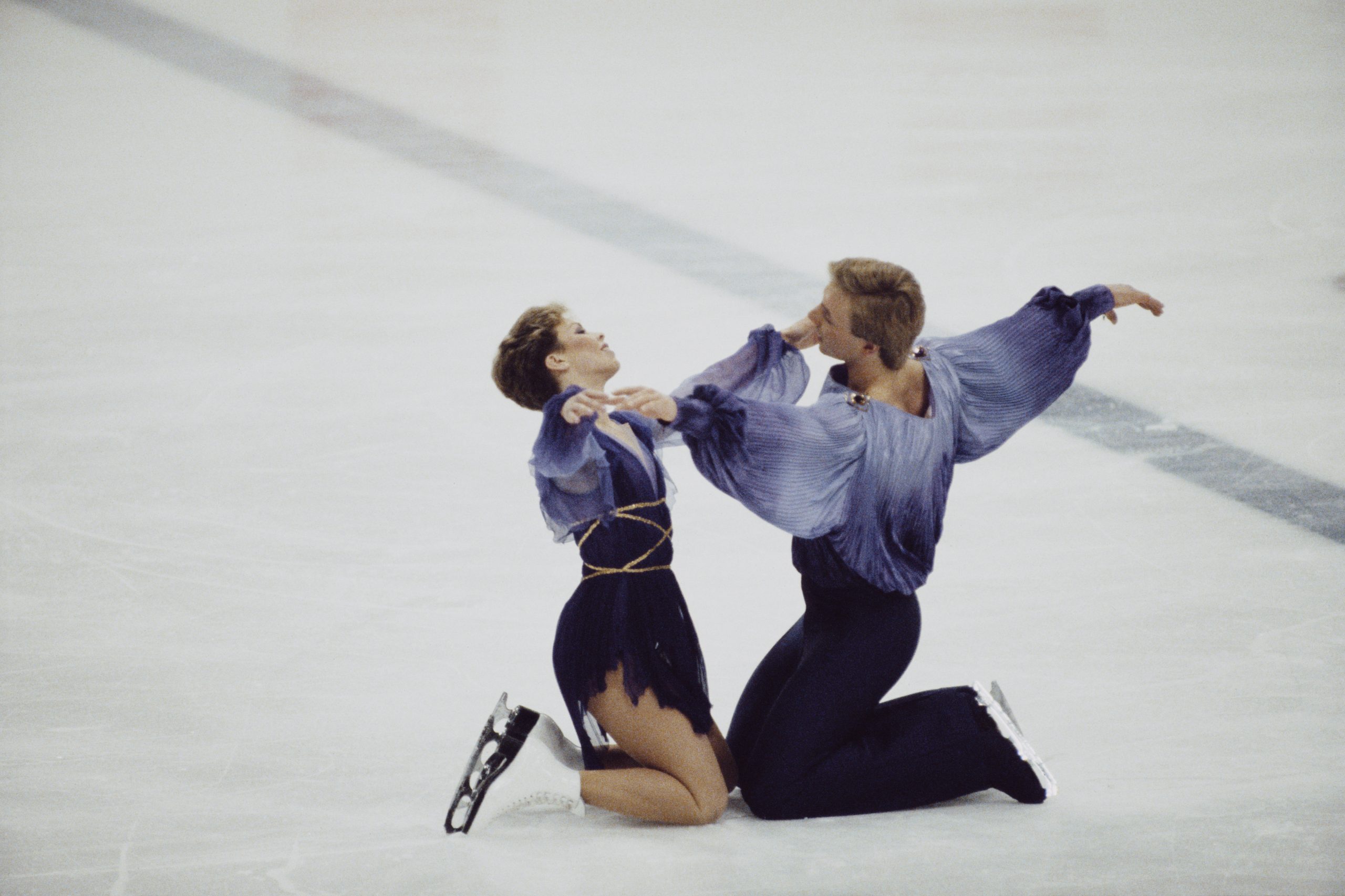
William Fitzstephen, a cleric writing in 1173, described how Londoners amused themselves when the marsh just the other side of the city’s northern walls, known as Moorfields, froze over. They would ‘fit shinbones of cattle on their feet, tying them round their ankles’ and striking the ice regularly with a stick fitted with an iron spike they would be ‘carried along as fast as a flying bird or a bolt from a catapult’. Many an injury to head or limbs resulted, he noted.
Skating technology had not changed in three millennia. The earliest skates, found in Scandinavia and Russia, were made from the bones of cows or horses, attached to the feet by a leather strap which passed through a hole drilled into the bone. Skaters gained momentum by pushing themselves with sticks, rather like ski poles. It was not until the 13th century that skates were made from wood with an iron blade fastened underneath, improving maneuverability, and allowing the skater to propel themselves with their legs rather than by sticks.
These improvements in skate technology coincided with the dawning of the Little Ice Age, a period lasting some five and a half centuries, during which the northern hemisphere experienced increasingly severe winters. The River Thames in London — wider then, and its flow constricted by the nineteen arches of the mediaeval London Bridge — regularly froze over, affording opportunities to skate.
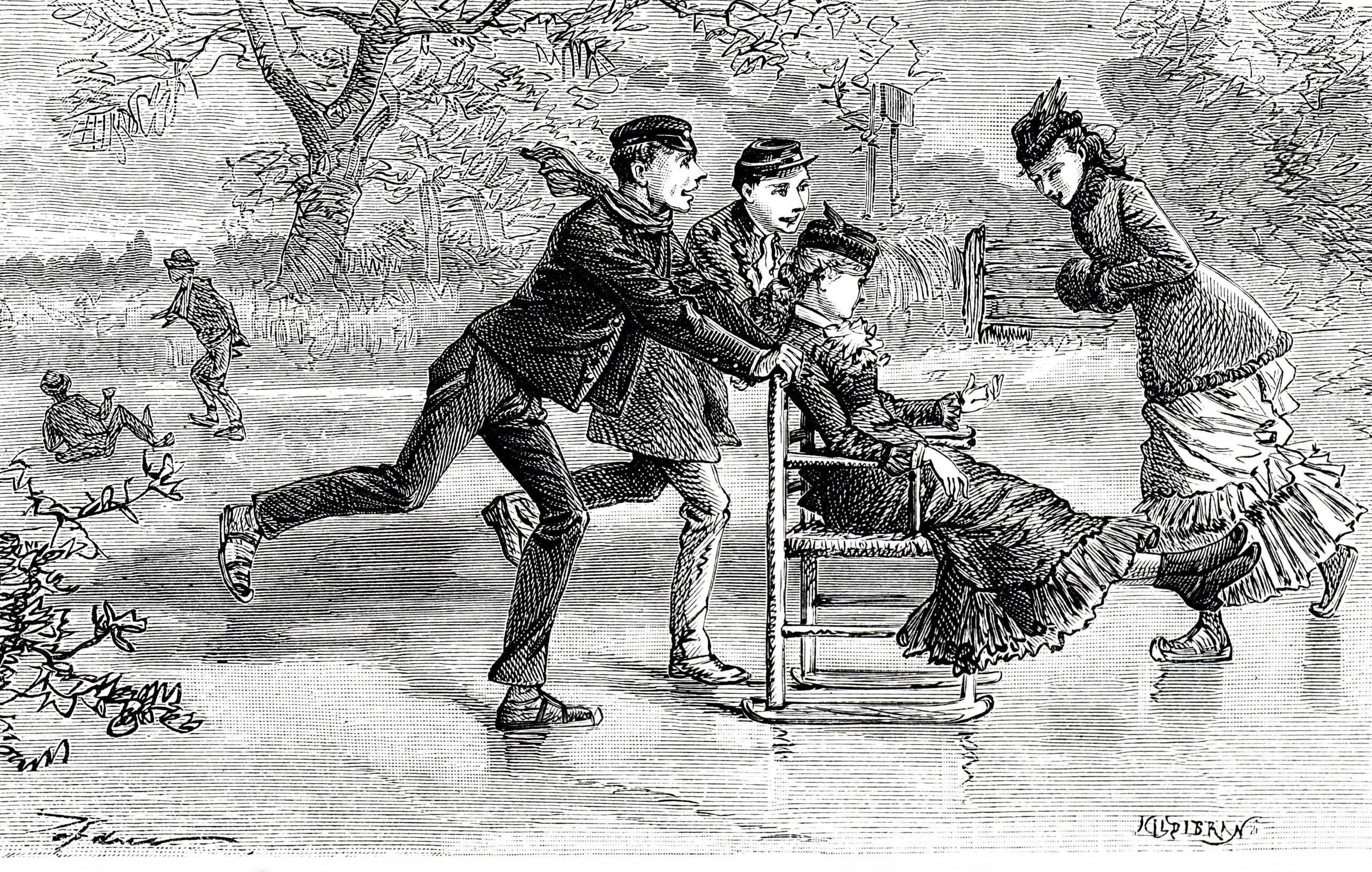
During the 19th century as the climate slowly warmed up towards, skating in the open became increasingly subject to the vagaries of an uncertain climate. Since artificially freezing expanses of water was beyond the technology of the time, trips to the Alpine regions to skate became popular — though that was a solution beyond the pockets of most. With an unsatisfied demand, it was only a matter of time before an enterprising entrepreneur turned their mind to the creation of artificial ice. But how?
The first to produce a solution was Henry Kirk of Tavistock Square who, on November 2, 1841, patented ‘a substitute for ice for skating and sliding purposes’ which, he claimed, produced a smooth surface to ice, using alum, a chemical salt known for its high water content. The alum was crushed into a powder and melted in copper until a liquid formed. Sulphate of copper was added to introduce some colouring and then hog’s lard to make it slippery. Once it had cooled, it was made into slabs, ready to be laid down to make ‘an extended continuous even surface, which may be a horizontal surface, an inclined surface, or a curved surface’.
Kirk first demonstrated his invention by constructing a rink measuring 12 feet by six in a seed room in the grounds of a nursery near Dorset Square, partly to attract investors. A second demonstration followed in July 1842, when ‘a sheet of ice’ was laid down at the ‘Colosseum’ in Regent’s Park. According to The Times, ‘the most expert skaters may be daily seen practicing’ there. Providing a summer venue for skaters made Kirk’s point and he was able to raise the capital for a more extravagant enterprise.
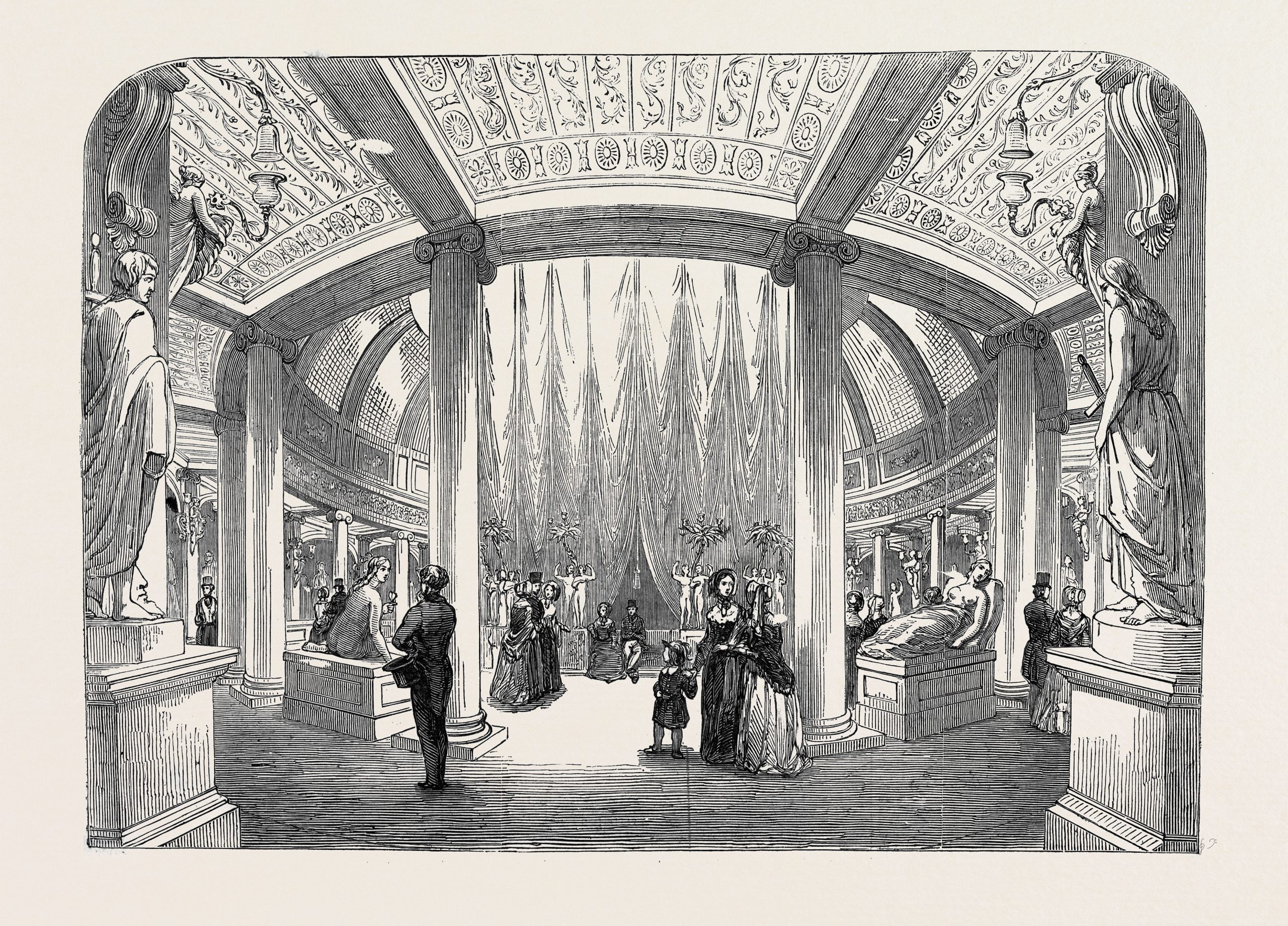
In 1844 Kirk opened the Glaciarium, a rink with ‘a surface of 3,000 feet’ made to resemble the Lake of Lucerne, an expanse of ice embedded in painted Alpine scenery consisting of snow-covered mountains and precipitous glaciers. Mounds of ‘snow’ were piled around the edge of the rink. Littell’s Living Age claimed that ‘the judicious management of the light [gave] everything a cold and wintry appearance’. There was even a resident ‘promenade band’ to serenade the skaters, led by Mr A Sedgwick.
Exquisite houses, the beauty of Nature, and how to get the most from your life, straight to your inbox.
Amongst its visitors were Prince Albert and Prince Alexander of the Netherlands, although there is no evidence that they took to the ice. The Glaciarium opened its doors at the Baker Street Bazaar in Portman Square, rather incongruously as an attraction to a cattle show, but by May 8th had moved to Grafton Street East, just off Tottenham Court Road. Admission cost a shilling, with a further shilling payable to skate on the rink.
Within four months the novelty of Kirk’s enterprise had worn off, the Glaciarium shutting its doors for good, the unremitting stench from the lard from the fifty hogs used to create the surface proving too much even for the most enthusiastic of skaters. Another three decades would elapse before another artificial rink was produced — the impetus to provide a solution prompted by a tragic accident.
An exceptionally cold spell of weather in January 1867 froze stretches of open water including the boating lake at London’s Regent’s Park, making them an irresistible attraction for would-be skaters. On January 14th the ice gave way, plunging twenty-one skaters into the water. All were rescued alive. Overnight the water refroze at Regent’s Park, prompting more skaters to take to the ice. At around 3.30pm the ice cracked again, and over two hundred of the revellers found themselves in the water.
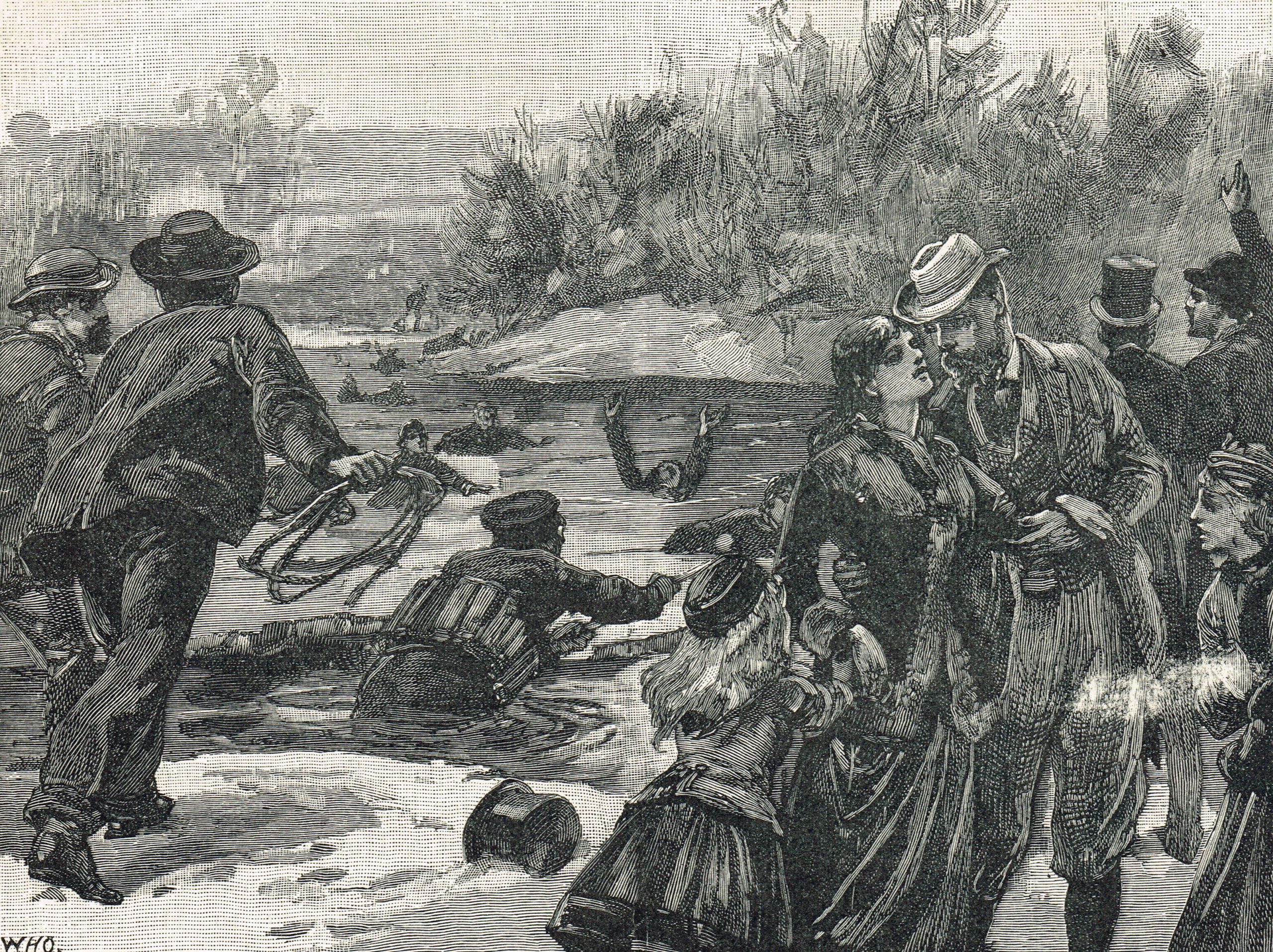
Impeded by heavy clothing and many unable to swim, forty perished, either from drowning or from hypothermia. The lake, which was twelve feet deep at the time, was made shallower to prevent such a tragedy recurring.
Ice rink technology’s next advance was a byproduct of John Gamgee’s attempts to freeze meat for importing from Australia. He developed, and patented in 1870, a method for making artificial ice, which involved running a network of oval copper pipes carrying a solution of glycerine, ether, nitrogen peroxide, and water, across a concrete surface with layers of earth, cow hair, and timber planks underneath. The pipes were covered with water and the solution pumped through, turning the water into ice.
To dip his toe into the water Gamgee demonstrated his rink in a small tent on January 7, 1876, before moving, in March, to permanent premises with a rink measuring 40 feet by 24 at 379, King’s Road. Operating as a members-only club, it followed Kirk’s template, decorated with Alpine scenes and with a gallery where spectators could view ‘several noblemen and gentlemen… skating with expressed satisfaction’. Gamgee also called it a Glaciarium.
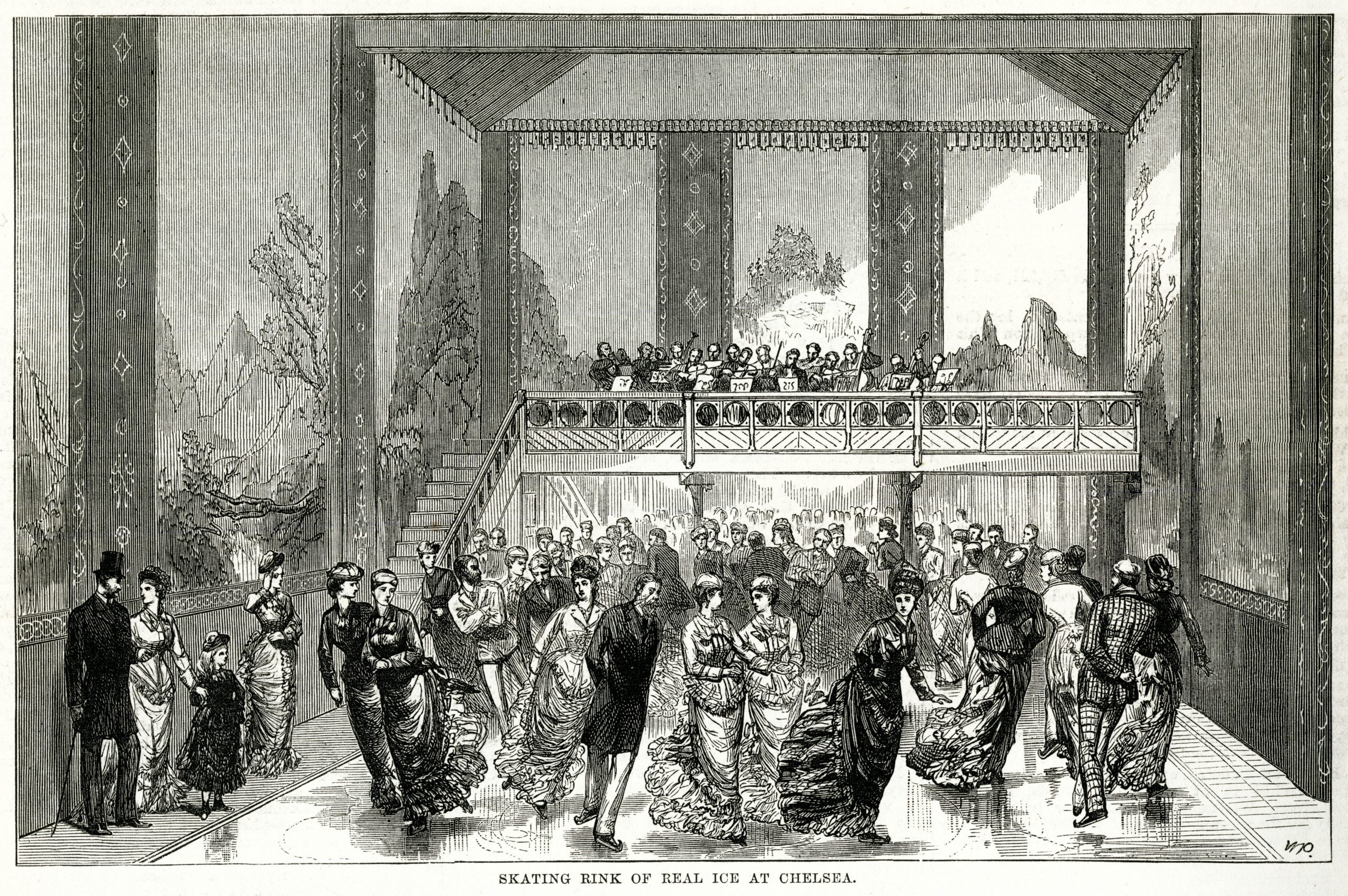
Emboldened, he opened a second Glaciarium on a barge moored off Charing Cross, with a rink measuring 115 feet by 25, and one in Rusholme in Manchester; and his technology began to spread around the world.
Europe's first ice rink opened in Paris in May that year, causing a sensation among the local population: 'The place was crammed to suffocation, and yet thousands of ladies and gentlemen on foot and in carriages continued to arrive,' a French journalist reported in the New York Times, adding that 'crowds persisted in besieging the doors' despite the rink being so full that there was a crush of people.

Yet financially, the rinks were on a slippery slope. Gamgee soon found that the ice was proving expensive to produce and skaters were put off by the mist which the cold ice in a heated room gave off. Gamgee’s first Glaciarium did not see the year out, and by mid-1878 all his rinks had closed. His system, though, was used at the Southport Glaciarium which opened in 1879, and spread across the world: in 1879 in New York's Madison Square Garden, the first ever ice skating rink in the USA opened its doors. Indoor ice skating was officially here to stay, even if there were a few more bumps to be negotiated.
Those bumps were smoothed out when refrigeration technology became more advanced at the turn of the twentieth century, making ice rinks more viable and widespread. The oldest surviving ice rink in Britain is Queens Ice Club in London, designed by architect and ice-skating enthusiast Alfred Edwards, which opened its doors on October 2, 1930. He built another rink, at the Grosvenor House Hotel, upon which the young Princess Elizabeth skated in 1933; the pastime had clearly come a long way from the days of animal bones and hog lard.

The best places to ice skate, from Winchester to the Eden Project
Megan Jenkins tracks down the best outdoor ice rinks for ice skating this winter, for families and romantic evenings under
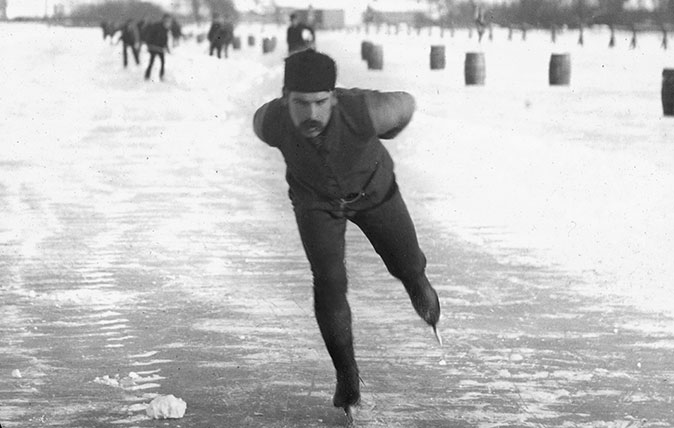
Sporting Life: The joys of Fen skating, the great 19th century sport that you've probably never heard of
The near-forgotten sport of Fen skating was once a huge draw, with thousands of spectators and making celebrities of the
After graduating in Classics from Trinity College Cambridge and a 38 year career in the financial services sector in the City of London, Martin Fone started blogging and writing on a freelance basis as he slipped into retirement. He has developed a fearless passion for investigating the quirks and oddities of life and discovering the answers to questions most of us never even think to ask. A voracious reader, a keen but distinctly amateur gardener, and a gin enthusiast, Martin lives with his wife in Surrey. He has written five books, the latest of which is More Curious Questions.
